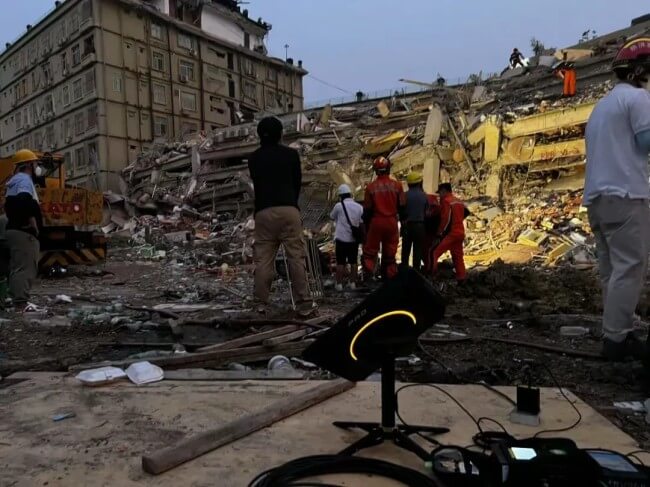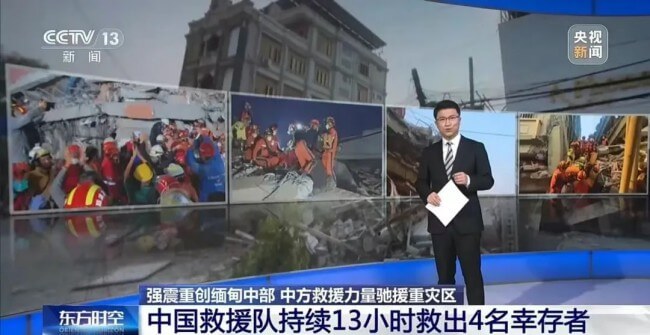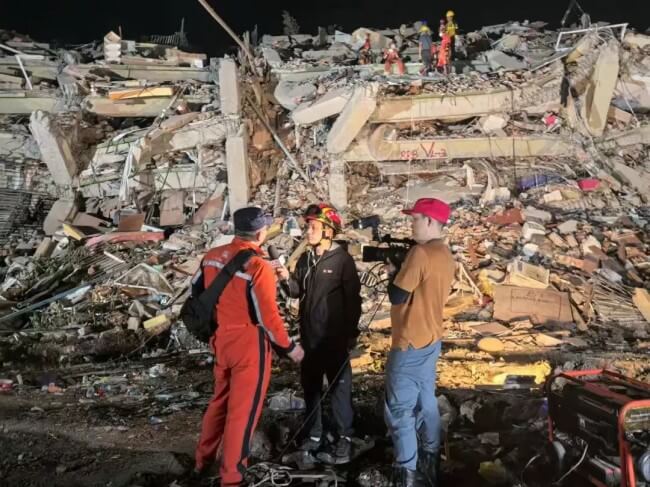
TVU One Enables CCTV’s Live Coverage: Transmitting “Life Signals” from Myanmar Earthquake Rubble
The CCTV reporting team selected the TVU One backpack as their core technical equipment for frontline reporting. This choice solved the challenge of signal transmission in extreme environments.
View Related ProductsCUPERTINO, CA—April 29, 2025 – When a 7.9 magnitude earthquake struck near Mandalay, Myanmar on March 28, 2025, CCTV reporters faced a critical challenge: how to broadcast rescue operations from a disaster zone with collapsed infrastructure and minimal connectivity. Their solution—TVU One mobile broadcasting technology—offers valuable lessons for media organizations covering crisis events.

The earthquake devastated Myanmar’s second-largest urban center, trapping survivors under rubble while Chinese rescue teams worked against time to save lives. CCTV journalists needed to report from multiple unstable locations while contending with power outages, network failures, aftershocks, and harsh environmental conditions—all scenarios where traditional broadcasting equipment typically fails.
The TVU One backpack transmitter emerged as the ideal solution by simultaneously aggregating multiple connection types—5G, 4G, Wi-Fi, and satellite signals—into a single stable broadcast stream. This “air-space-ground integrated” approach maintained transmission even when individual networks failed completely, enabling CCTV to broadcast dramatic rescues including survivors found after 120 hours trapped under debris.

The technology’s core advantage lies in its Inverse StatMux Plus algorithm, which aggregates multiple network connections and dynamically balances data across available networks while HEVC encoding automatically adjusts to maintain image quality despite connectivity fluctuations. Weighing just 1.5 kilograms and requiring less than 20 seconds from setup to broadcast, the system delivered 280 hours of high-definition, low-latency coverage throughout the rescue operation.
TVU continues developing improvements focused on three areas: enhanced signal aggregation in extreme environments, AI-based encoding to reduce bandwidth needs, and lower power consumption for extended field operation. For media organizations covering disasters, conflicts, or remote events, these capabilities represent a significant advancement in ensuring reliable real-time reporting from virtually any location worldwide.